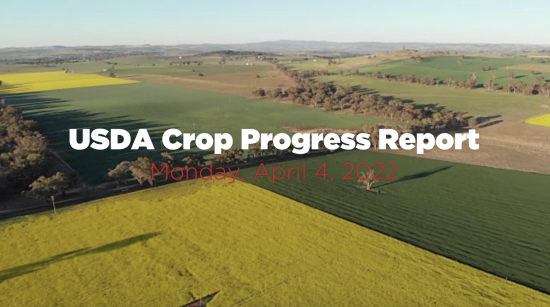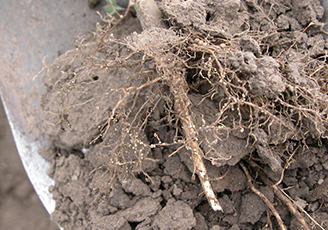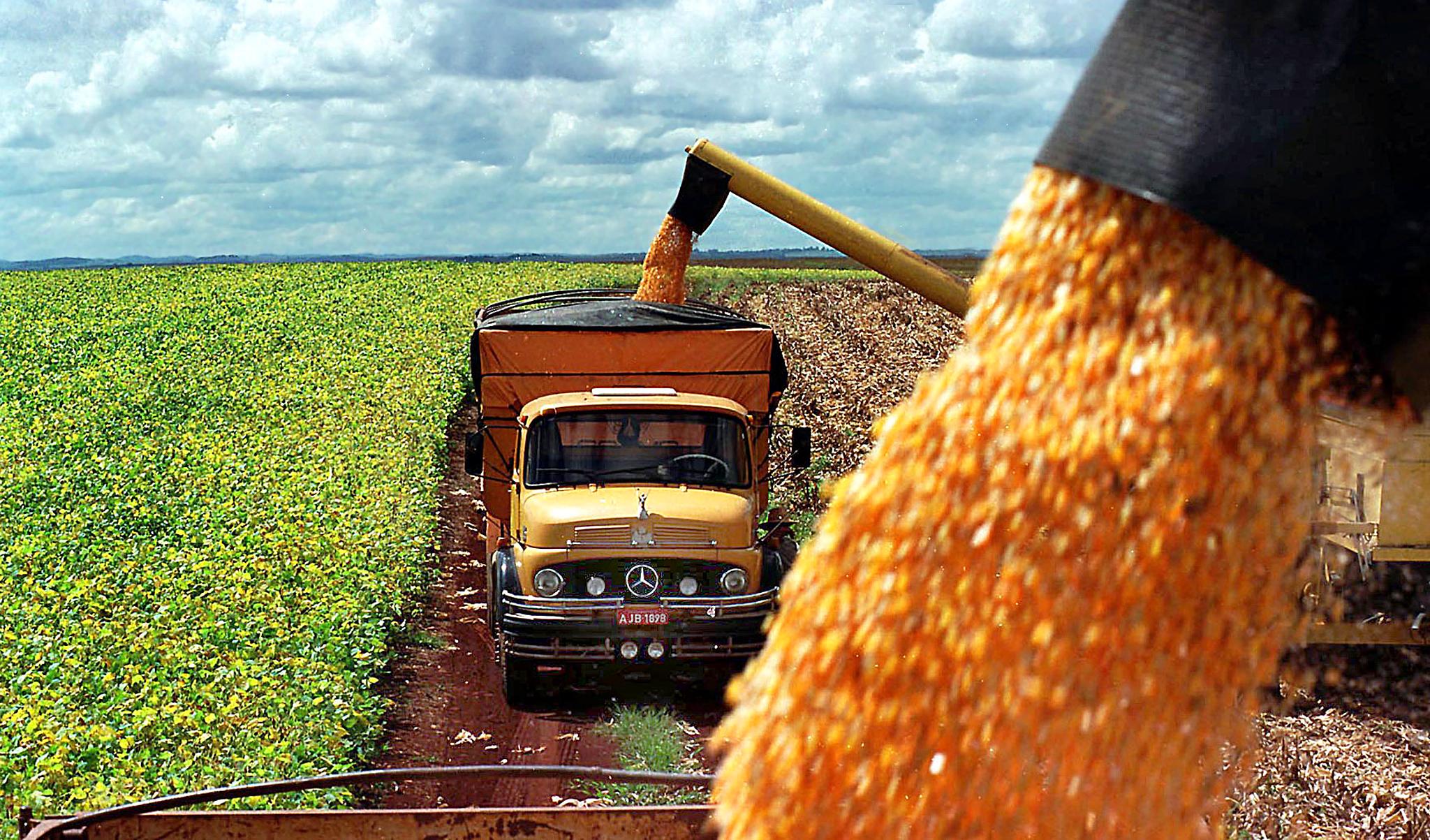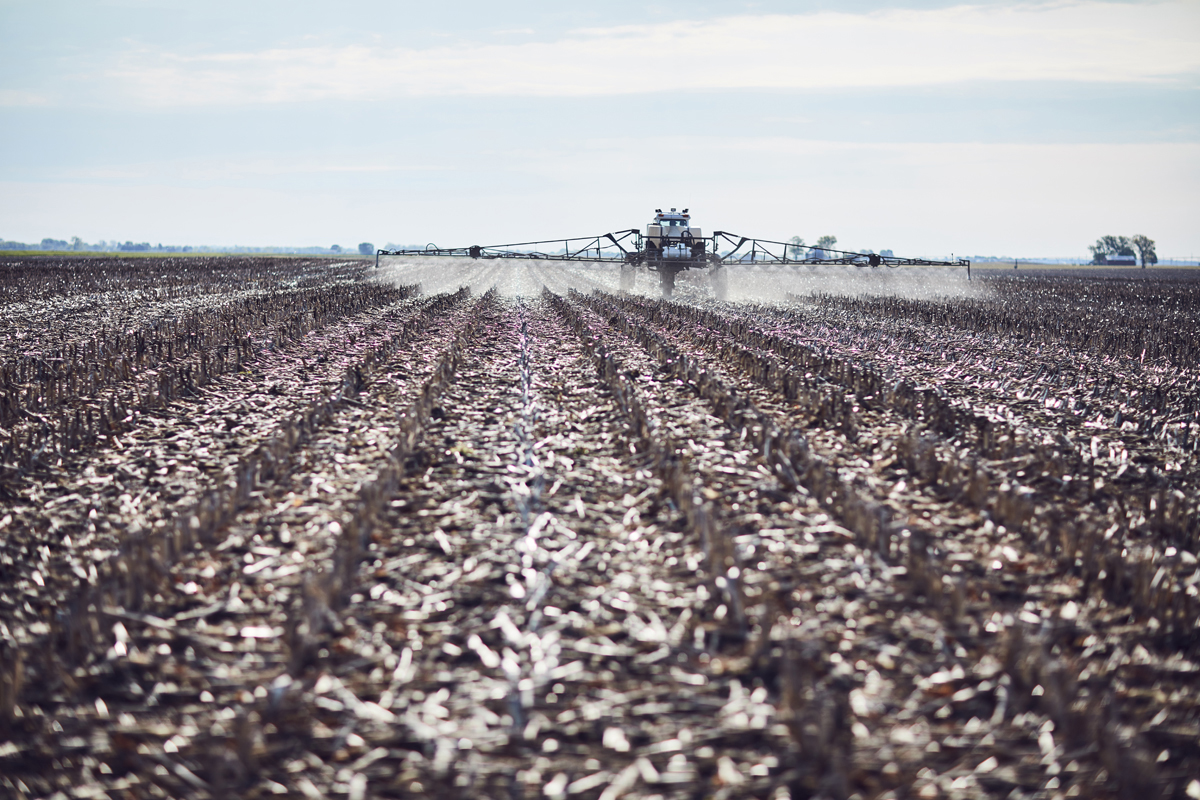04/05/2022 SOURCE: www.agriculture.com
The report today pegged corn planted at 2%, which matches the prior five-year average pace.
USDA Crop Progress Report | April 4, 2022
-
(0)
-
Bookmark
- Comments. (0)
 Nancy Kavazanjian
Nancy Kavazanjian
Topics: Soybeans, Food/Nutrition,
War, weather, and Covid-19 are rekindling the food vs. fuel debate
Cooking oil prices have nearly tripled since 2020, heating up the conversation around how we use our finite supply of soy and corn.
-
(0)
-
Bookmark
- Comments (0)
 Nancy Kavazanjian
Nancy Kavazanjian
Topics: Soybeans,
The WSMB Free Soybean Cyst Nematode Testing Program is Back in 2022! - Cool Bean
Ann MacGuidwin, Damon Smith and Shawn P. Conley The WI Soybean Marketing Board (WSMB) sponsors free nematode testing to help producers stay ahead of the most important nematode pest of soybean, the soybean cyst nematode (SCN). Eggs of SCN persist in the soil between soybean crops so a sample can be submitted any time that […]
-
(0)
-
Bookmark
- Comments (0)
 Nancy Kavazanjian
Nancy Kavazanjian
Topics: Soybeans,
ASA Recognizes Bob Worth, MN, with Outstanding State Volunteer Award - American Soybean Association
The American Soybean Association (ASA) honored Bob Worth, Lake Benton, Minnesota, with its Outstanding State Volunteer Award at its annual banquet during
-
(0)
-
Bookmark
- Comments (0)
 Nancy Kavazanjian
Nancy Kavazanjian
Topics: Soybeans, Agriculture US, Conservation/Tillage,
Iowa Farmer Wins National Conservation Legacy Award - American Soybean Association
The American Soybean Association (ASA) presented Wayne and Ruth Fredericks from Osage, Iowa, with the 2022 National Conservation Legacy Award during the
-
(0)
-
Bookmark
- Comments (0)
03/14/2022 SOURCE: newsinfo.inquirer.net
RIO DE JANEIRO — Agricultural powerhouse Brazil is nervously watching the impact of Russia’s war on Ukraine, uncertain whether the upside — an expected boost to Brazil’s corn exports — will outweigh the hit to its crucial fertilizer imports. Brazil, a top exporter of agricultural products including beef, chicken, soy and corn, stands to gain […]
Agriculture giant Brazil nervously eyes Ukraine war | Inquirer News
-
(0)
-
Bookmark
- Comments. (0)
-
(0)
-
Bookmark
- Comments (0)
 Nancy Kavazanjian
Nancy Kavazanjian
Topics: Soybeans, Education,
Soybean grower honors NDSU plant breeder with endowed professor position
Soybean grower Joel Thorsrud and plant breeder Ted Helms were honored Monday, Feb. 21, at the Northern Corn and Soybean at the Fargodome with the announcement of the Ted Helms Endowed Professorship.
-
(0)
-
Bookmark
- Comments (0)
 Randy Krotz
Randy Krotz
Topics: Soybeans, Markets/Pricing, Agriculture US, Trade (Commodities), Ag South America,
GRAINS-Soybeans hit highest since mid-May on LatAm dryness; wheat, corn ease
SINGAPORE, Feb 23 (Reuters) - Chicago soybean futures rose for a fifth consecutive session on Wednesday, to their highest since the middle of May with dry weather in South America curbing production.Wheat and corn eased after strong gains in the last session, although losses were curbed amid escalating Russia-Ukraine tensions which could disrupt supplies from a key exporting region.FUNDAMENTALS* The-active soybean contract on the Chicago Board of Trade (CBOT) rose 0.5% to $16-43-3/4 a bushel, as of 0139 GMT, having climbed earlier in the session to $16.46 a bushel, the highest since May.* Whea
-
(0)
-
Bookmark
- Comments (0)
 John LaRose Jr.
John LaRose Jr.
Topics: Wheat, Corn/Maize, Soybeans, Agriculture Global, Tobacco, Ag Africa,
Private sector committed to agric production
The Zimbabwe agricultural sector has been on a growth trajectory buoyed by an increase in output in traditional crops such as tobacco, maize, soya and wheat. Last season’s success has resulted in the agricultural sector posting an overall growth of 36,2 percent.
-
(0)
-
Bookmark
- Comments (0)












